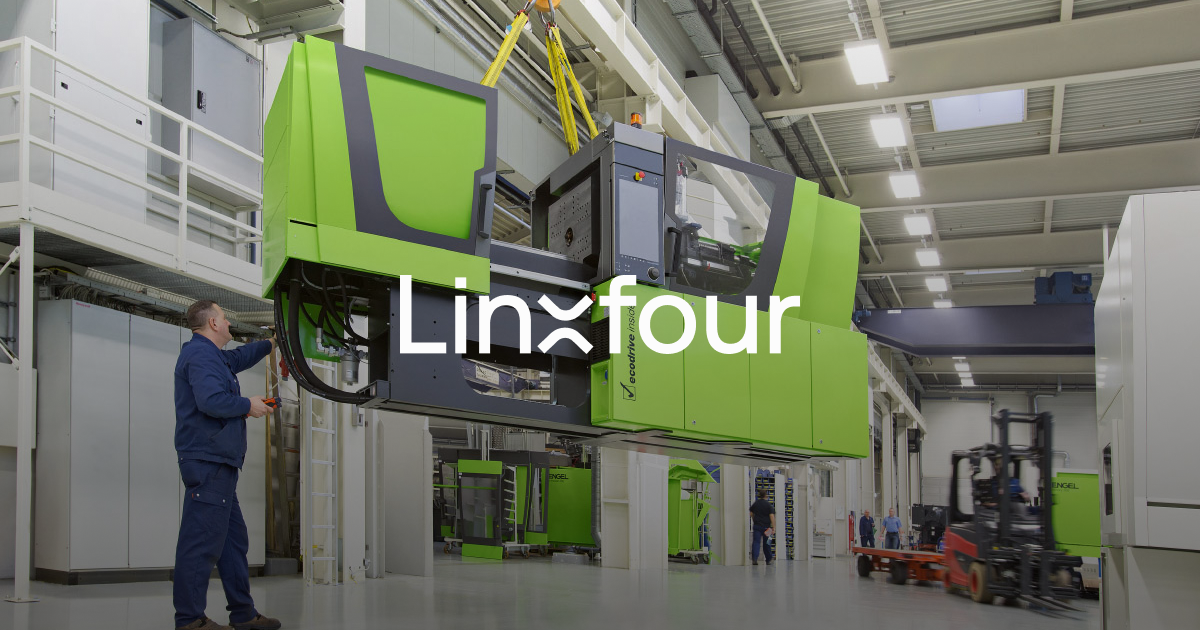In the era of rapid change in manufacturing finance, the concept Pay-per-Use Equipment Finance is emerging. It is changing traditional models of financing and providing companies with unimaginable flexibility. Linxfour is in the forefront, harnessing Industrial IoT, to bring to the forefront a new way of financing, which is beneficial for both equipment operators and manufacturers. We look at the complexities of Pay Per Utilization financing and its effect on sales in difficult conditions. For more information, click Off balance
Pay-per Use Financing is a powerful tool
The financing model of pay per use of manufacturing equipment has revolutionized the industry. Businesses are no longer required to pay fixed amounts instead, paying according to how the equipment is actually employed. Linxfour’s Industrial IoT Integration ensures accurate monitoring, transparency, and avoids fees or hidden costs when the equipment isn’t being used. This innovative approach allows for more flexibility in controlling cash flow. This is critical during times of low customer demand is fluctuating and revenue is low.
Influence on sales and business conditions
The overwhelming majority of equipment makers is evidence of the potential of Pay-per-Use finance. An overwhelming 94% of respondents think that this type of financing can boost sales even under difficult business environments. The idea of balancing costs and equipment use is appealing to companies that are looking to increase their spending. It also allows manufacturers to provide more appealing financing to clients.
Accounting Transformation: From CAPEX to OPEX
Accounting is among the major distinctions between traditional leasing and pay-per-use financing. When you pay per use, businesses undergo a fundamental transformation by shifting from capital expenditures (CAPEX) to operating costs (OPEX). This has a huge impact on financial reporting. It allows for an improved picture of the costs that are associated with revenue.
Unlocking Off-Balance Sheet Treatment under IFRS16
Pay-per-Use financing has a distinct benefit, since it is not a part of the balance sheet. This is an essential factor to take into account when developing the International Financial Reporting Standard 16 IFRS16. Through the transformation of costs for financing equipment, businesses can keep these liabilities off the balance sheet. This helps reduce financial leverage, and lowers investment risk and makes it appealing to companies that are looking for more flexible financial structures.
Integrating KPIs in the case of Under-Use
Pay-per-Use models, along with being off balance sheet, additionally help in improving the performance of key performance indicators (KPIs), such as cash flow-free and Total Cost Ownership (TCO) especially in cases of under-utilization. The leasing models built on traditional approaches can be problematic when equipment is not used as expected. Companies can improve their financial performance by reducing fixed charges on assets underutilized.
The Future of Manufacturing Finance
Innovative financing models such as Pay-per-Use have helped companies navigate an economic landscape that is rapidly evolving. They also help pave the way for a new economy that is more adaptive and resilient. Linxfour’s Industrial Internet of Things-driven approach not only benefits the bottom line of equipment operators and manufacturers, but it also aligns with the larger trend of businesses seeking innovative and sustainable financial solutions.
In conclusion, the integration of Pay-per-Use financing with the accounting transformation from CAPEX to OPEX and off-balance sheet treatment under IFRS16, represents a significant shift in manufacturing finance. As companies strive to achieve efficiency, financial flexibility, and improved KPIs, embracing this revolutionary financing model is a crucial step in staying ahead of the curve with the ever-changing manufacturing environment.

